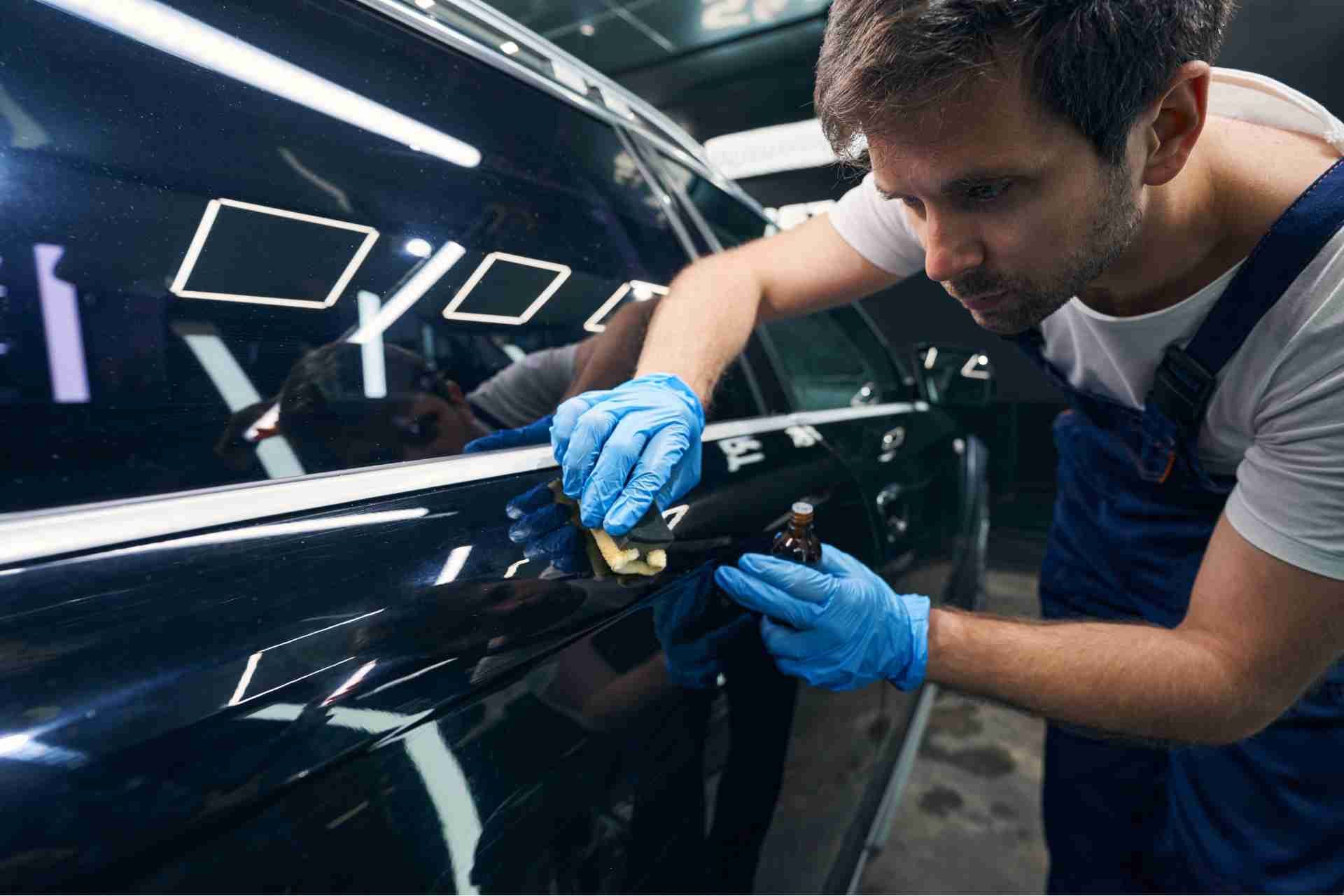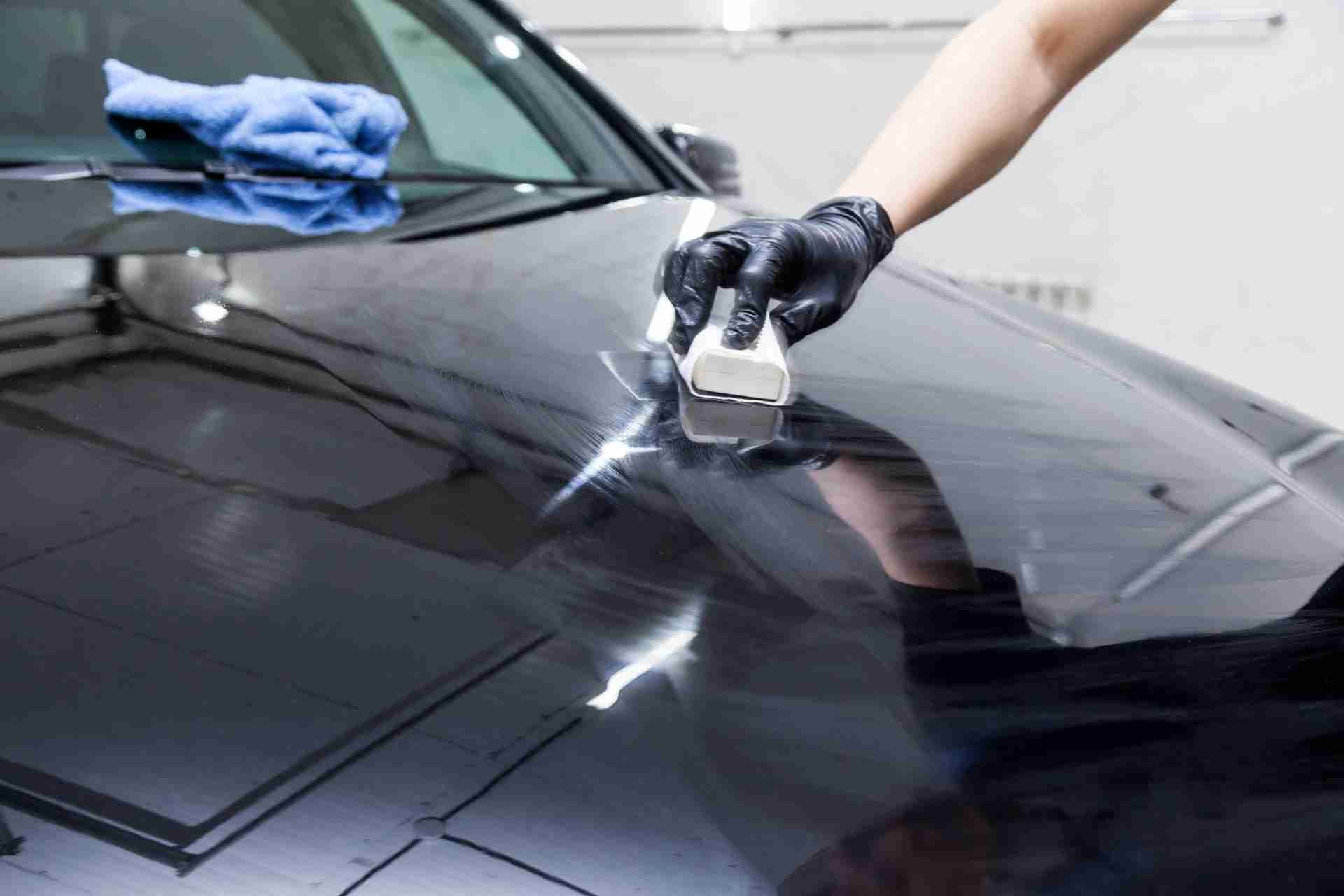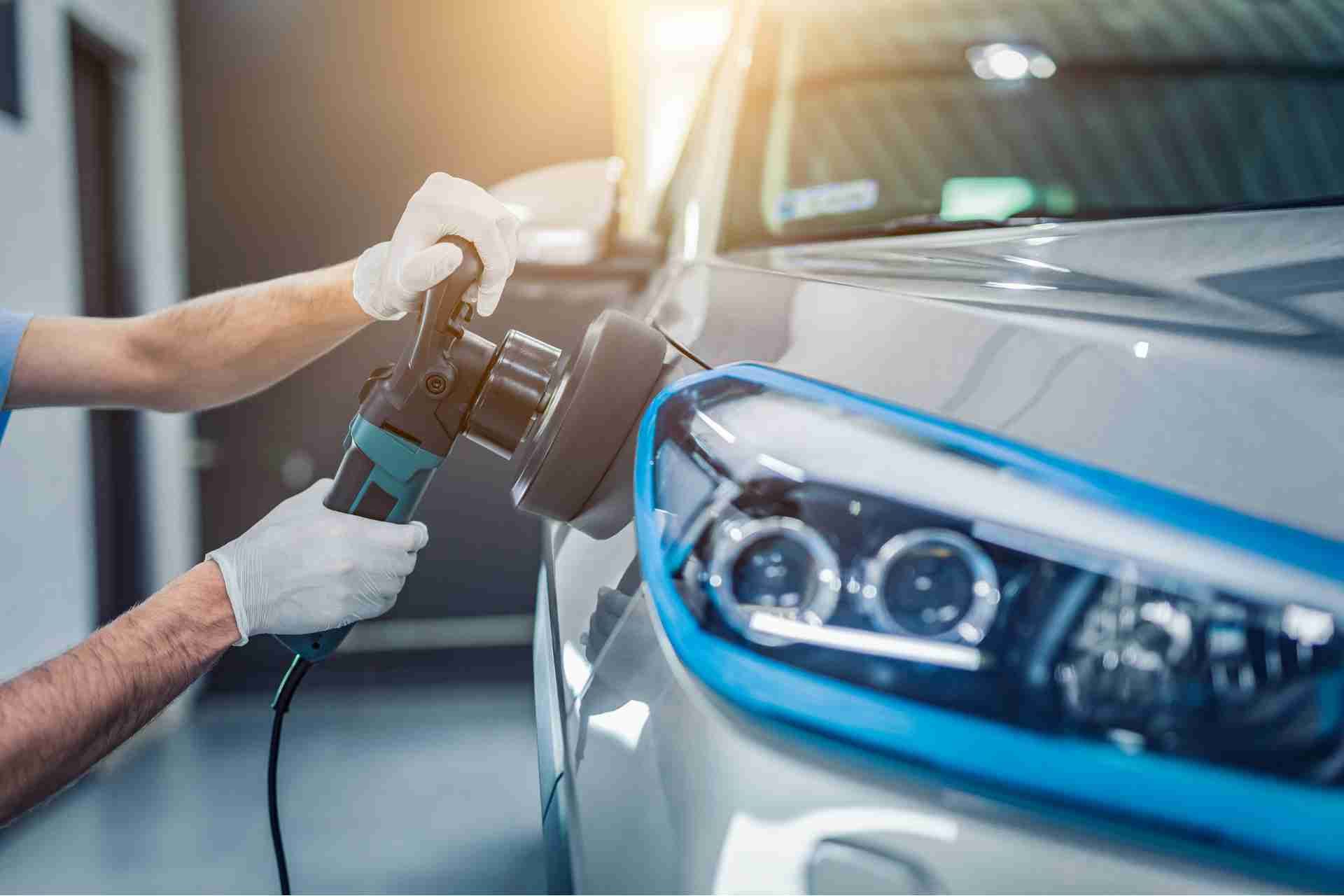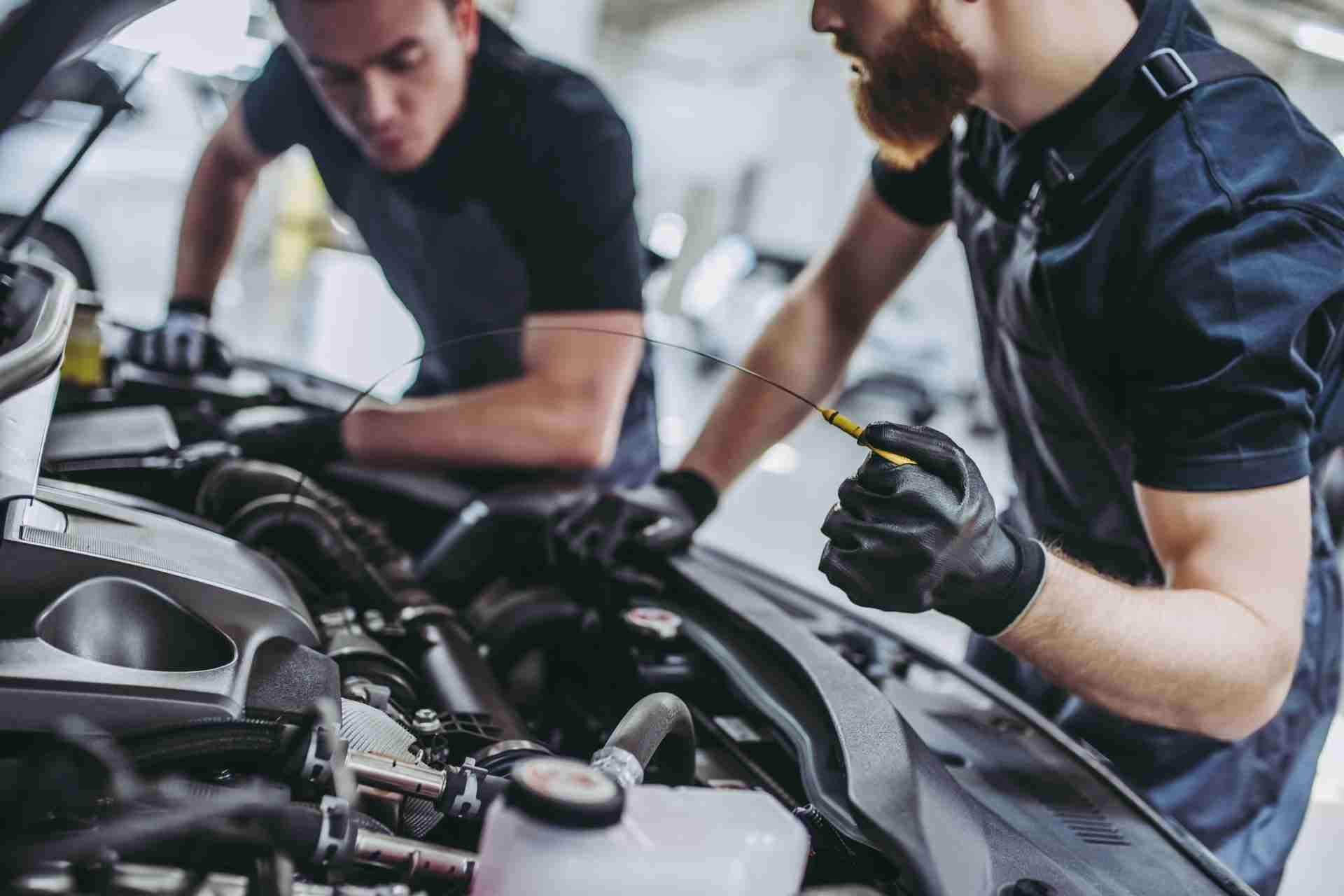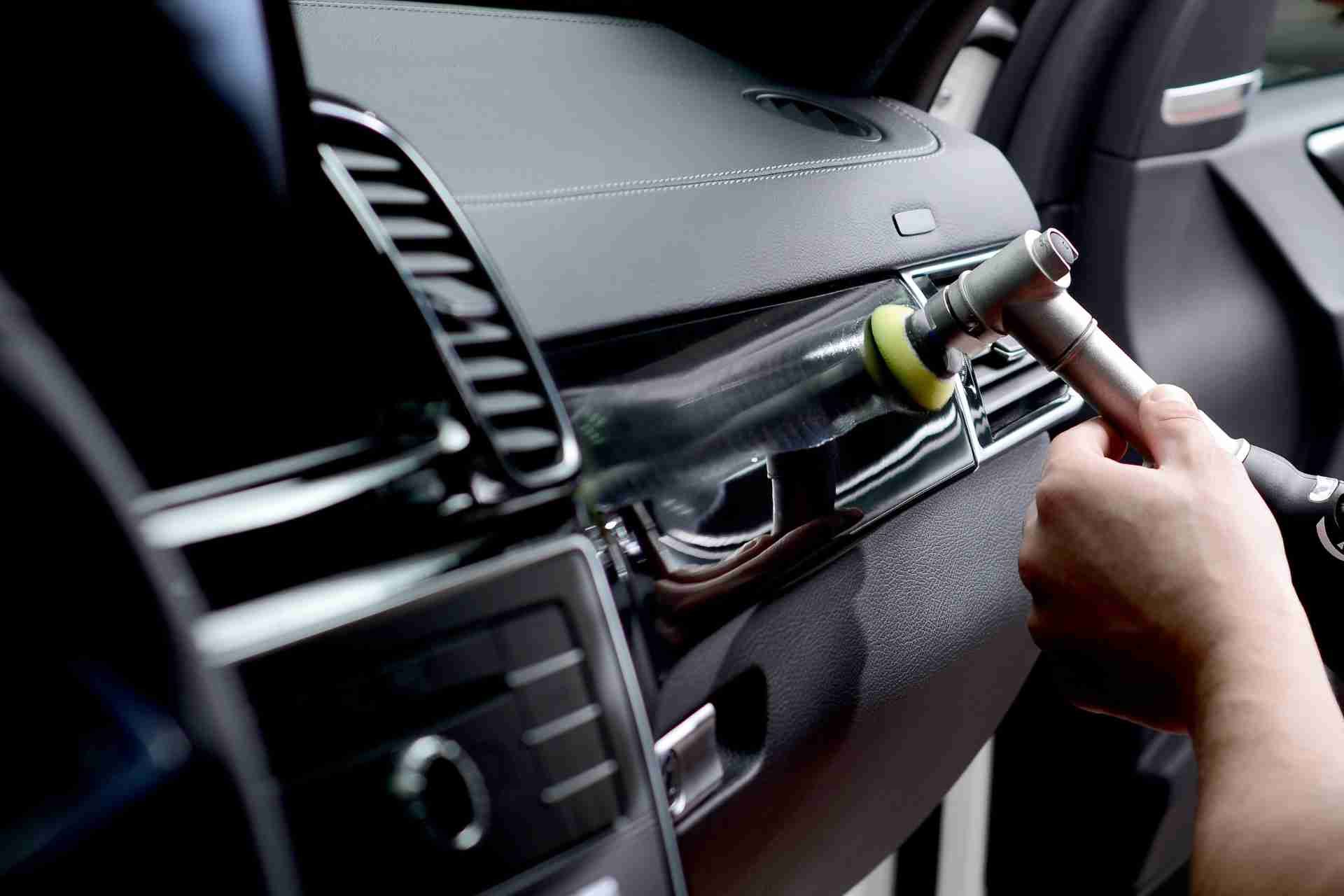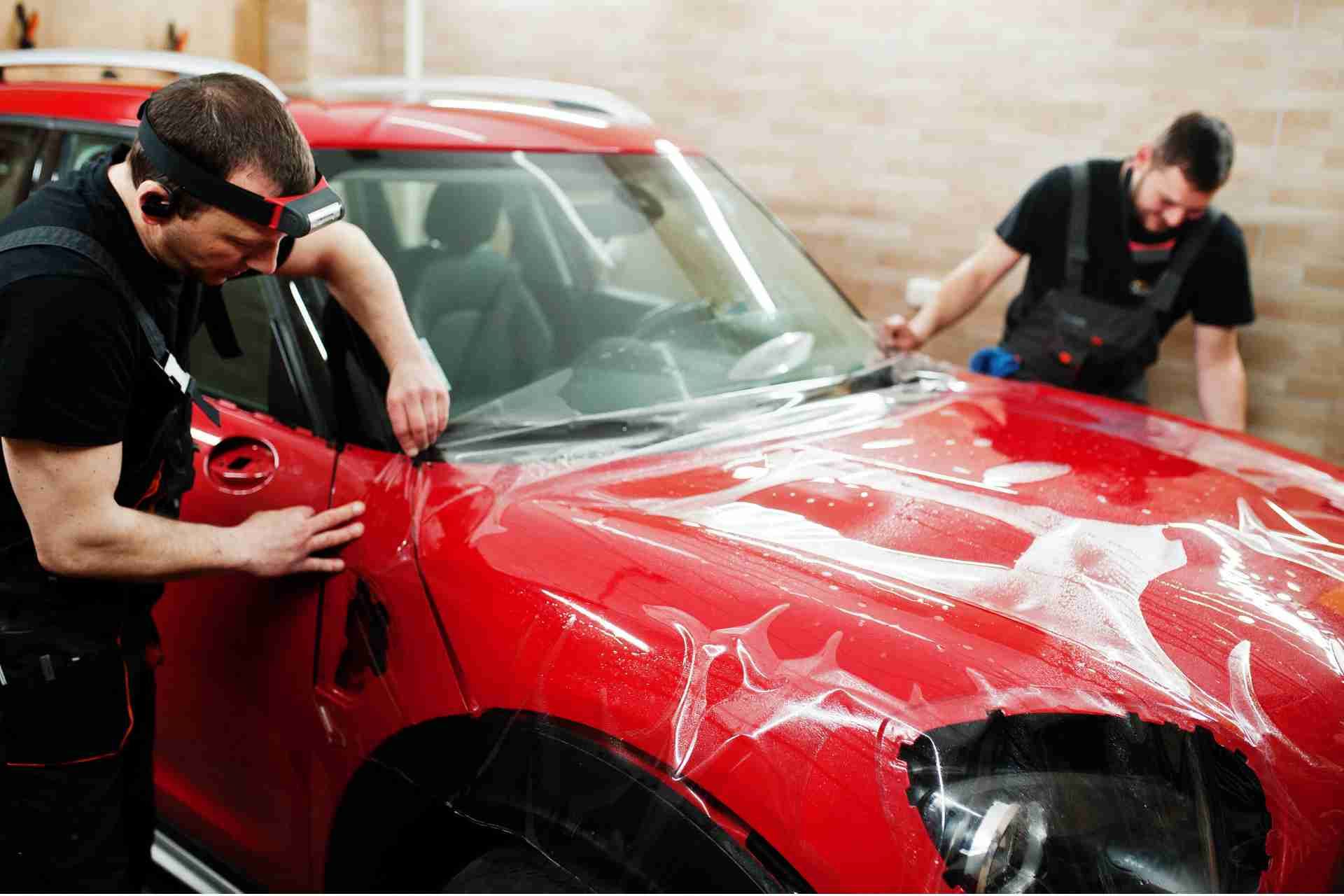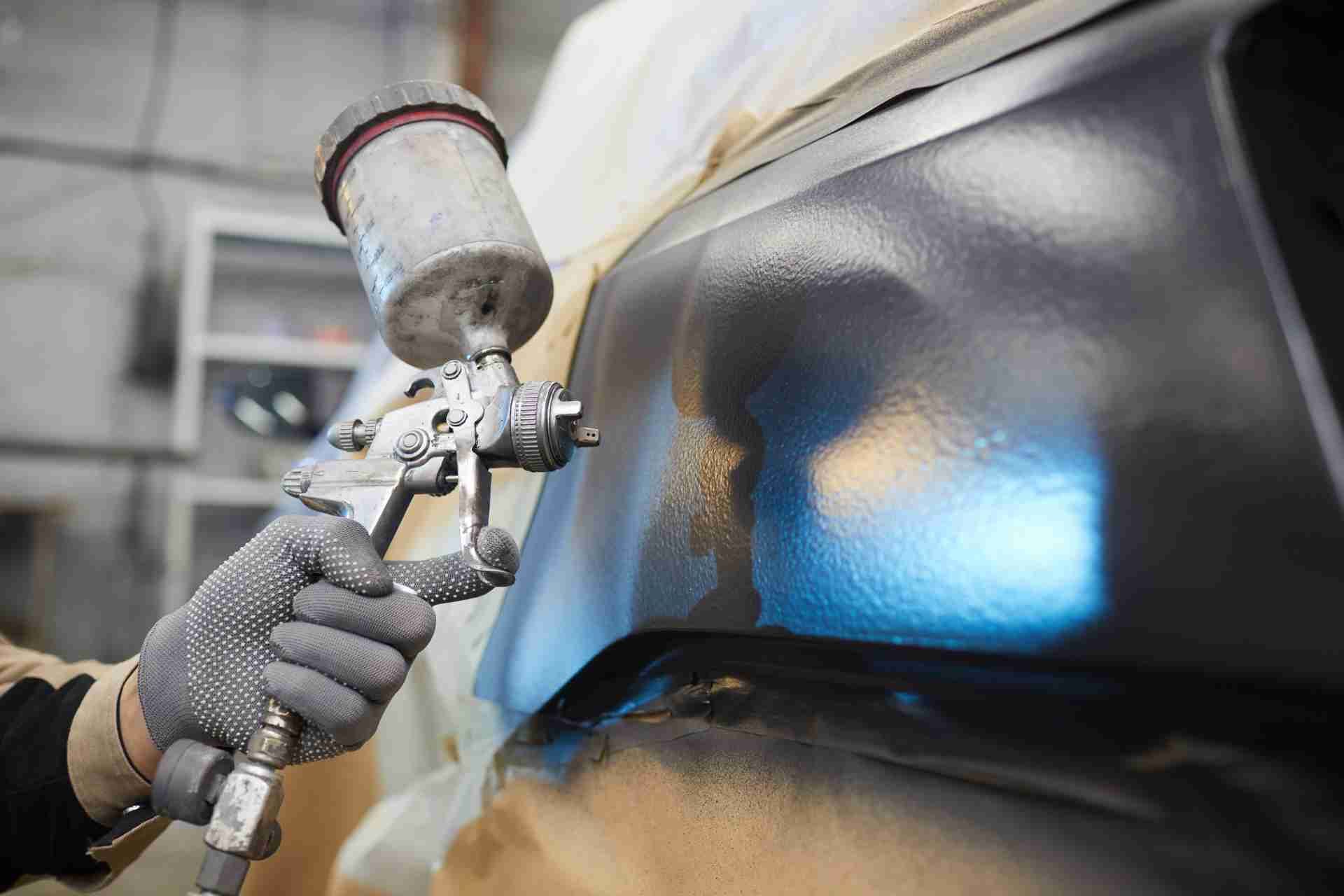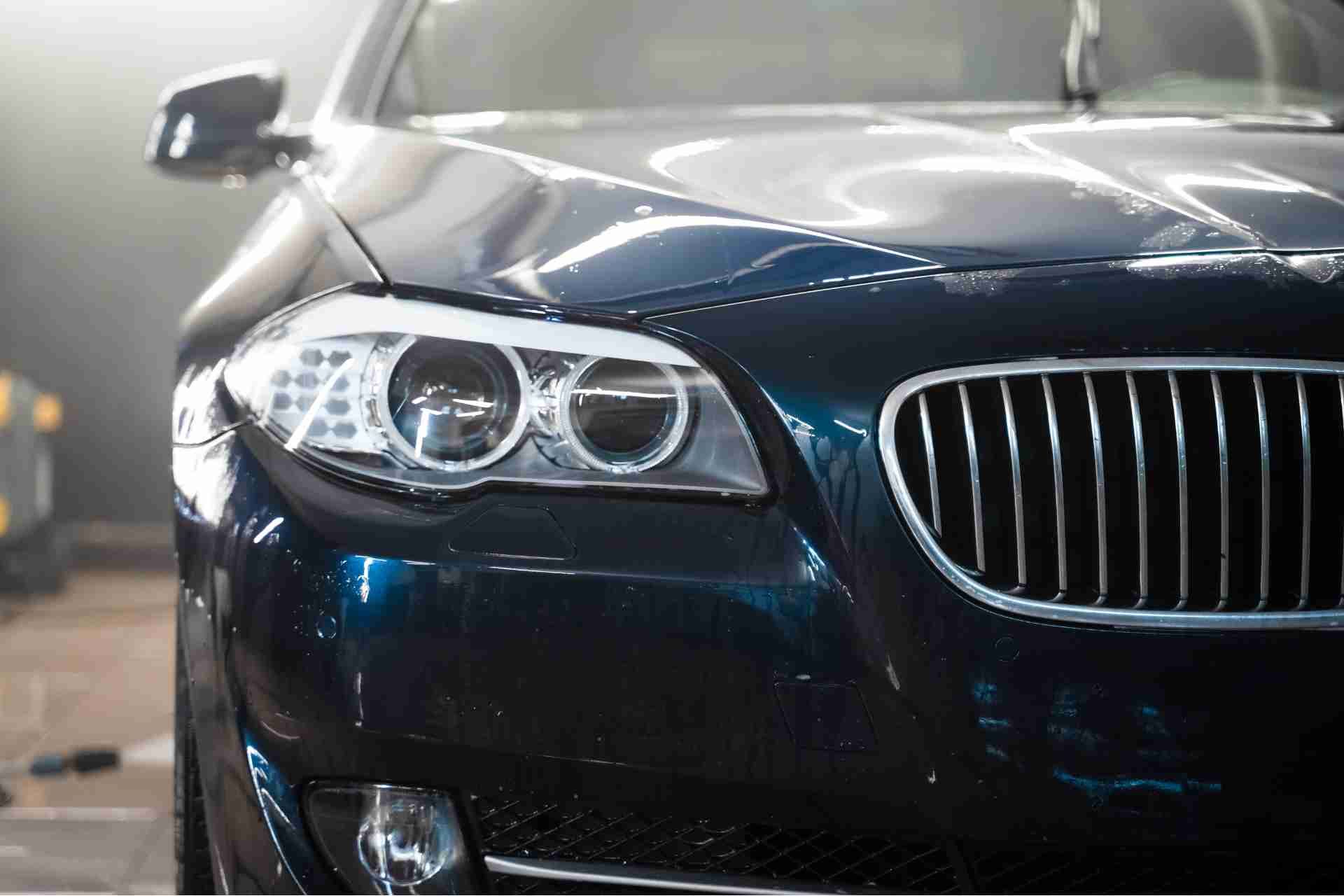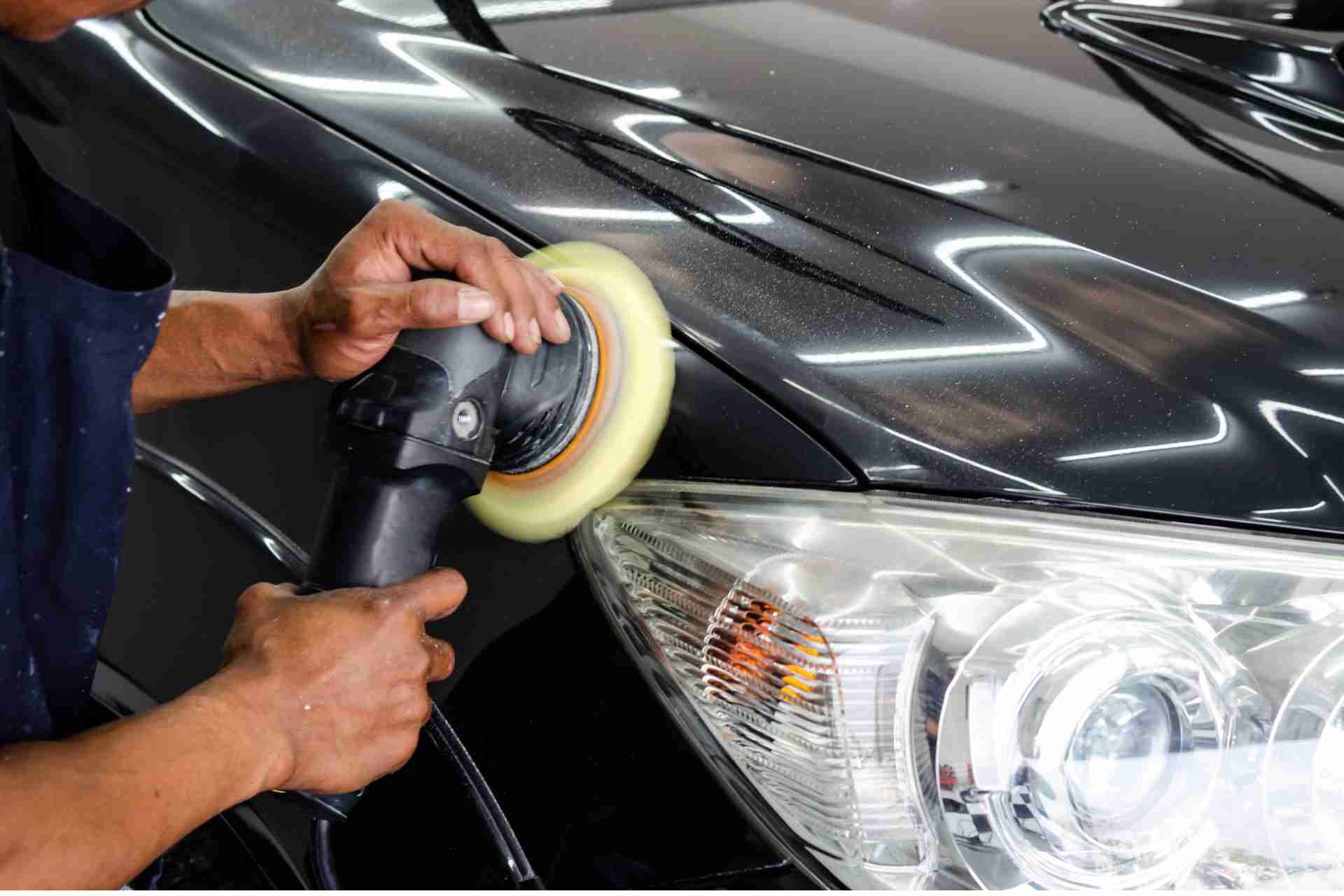What is Clay Bar Treatment?
Have you ever noticed that your car's surface feels rough, even after a wash? That's where clay bar treatment comes in. This meticulous process lifts away embedded contaminants like dirt and sap, leaving your vehicle smooth and glossy. But what exactly is involved in this treatment, and why should you consider it for your car? Let's explore the science and benefits behind this essential detailing technique.
Understanding Clay Bar Treatment
Clay bar treatment is an essential process for anyone looking to achieve a smooth, clean vehicle surface. This method removes embedded contaminants like dirt, tree sap, and industrial fallout that regular washing can't tackle.
When you use a clay bar, you're effectively pulling these particles away from your vehicle's paint, leaving it feeling silky and looking glossy. It's crucial to use a lubricant during this process to prevent scratching the surface.
You'll want to work on small sections at a time, applying gentle pressure and moving the clay back and forth. Once you finish, you'll notice a significant difference in your vehicle's appearance, making it easier to apply wax or sealant for added protection.
It's a game-changer for any car enthusiast!
The Science Behind Clay Bars
Understanding how clay bars work reveals the science behind their effectiveness.
Clay bars are made from a unique blend of polymers that create a malleable surface. When you glide a clay bar over your vehicle's paint, it acts like an adhesive, grabbing onto contaminants like dirt, grime, and industrial fallout. The friction generated during this process allows the clay to lift these impurities away without damaging the paint.
You also need a lubricant, often a detailing spray, to reduce friction and prevent scratching. As you knead the bar, it continues to expose fresh, clean surfaces for better performance.
This effective combination of material and technique ensures your vehicle's surface is left smooth and ready for the next steps in car care.
Benefits of Clay Bar Treatment
After grasping how clay bars work, you can appreciate the numerous benefits they bring to your vehicle's appearance and protection.
First, clay bar treatment effectively removes contaminants like dirt, grime, and industrial fallout, leaving your paint smooth and clean. This process enhances the shine, making your car look brand new.
Additionally, by prepping the surface, you improve the adhesion of waxes and sealants, leading to longer-lasting protection.
You'll also notice that regular use of a clay bar can help prevent paint damage, as it reduces the risk of scratches and oxidation.
How to Perform a Clay Bar Treatment
To perform a clay bar treatment effectively, start by gathering a few essential supplies: a clay bar, lubricant (like a detailing spray or soapy water), and microfiber towels.
First, wash your vehicle thoroughly to remove any loose dirt and debris. Once clean, dry it completely.
Next, spray a small section of the surface with lubricant, ensuring it's well-saturated. Take the clay bar, knead it into a flat shape, and gently glide it over the lubricated area using light pressure. You'll feel it picking up contaminants as it moves.
Wipe away any residue with a microfiber towel. Repeat this process section by section until the entire vehicle is treated.
Finally, wash the car again to remove any leftover lubricant.
Essential Tools for Clay Bar Treatment
When you're ready to tackle a clay bar treatment, having the right tools on hand is crucial for achieving the best results.
First, you'll need a high-quality clay bar, which is specifically designed for automotive surfaces. Next, grab a detailing lubricant or a clay bar solution to ensure smooth gliding and prevent scratching your paint.
A microfiber towel is essential for wiping off any residue and drying your car afterward. Additionally, have a bucket of clean water nearby for rinsing your clay bar periodically.
Lastly, consider using a pair of gloves to keep your hands clean and avoid transferring oils from your skin to the vehicle.
With these tools, you're all set to get started on a successful clay bar treatment!
Common Mistakes to Avoid
Having the right tools is just the first step in a successful clay bar treatment.
One common mistake is skipping the washing step before you start. Always wash your vehicle thoroughly to remove dirt and debris, which can scratch the paint during the process.
Another mistake isn't using enough lubricant. Insufficient lubrication can cause the clay to stick and damage the surface.
Don't rush through the process; take your time to ensure even coverage.
Also, avoid using the same piece of clay on different areas without inspecting it first; dirt can transfer and lead to scratches.
Finally, don't forget to follow up with a sealant or wax to protect your freshly treated surface.
Frequency of Clay Bar Treatment
While the frequency of clay bar treatment can vary based on your driving conditions and vehicle usage, most experts recommend doing it every six months to maintain optimal paint condition.
If you frequently drive on dusty roads or in polluted urban areas, you might want to consider doing it more often. Additionally, if you notice contaminants sticking to your paint despite regular washing, that's a sign it's time for a clay bar treatment.
On the other hand, if your car stays garaged and you drive it less frequently, you may be able to stretch the interval.
Pay attention to your vehicle's surface; regular inspections can help you determine when it's time to give your car the care it deserves.
Aftercare for Treated Surfaces
After you've treated your vehicle with a clay bar, proper aftercare is essential to preserve that smooth, clean finish.
Start by rinsing your car with water to remove any loose debris. Then, gently dry it using a soft microfiber towel to prevent scratches.
To maintain the shine, apply a high-quality wax or sealant within a few days of treatment. This not only enhances the gloss but also provides a protective layer against contaminants.
Avoid washing your car with harsh chemicals for at least a week to ensure the clay bar's effects last longer.
Finally, store your car in a garage or shaded area to minimize exposure to harsh elements, helping to keep that freshly treated surface looking its best.
Comparing Clay Bar Treatment to Other Methods
When you compare clay bar treatment to other detailing methods, you'll find it stands out for its ability to effectively remove embedded contaminants from your vehicle's surface.
Unlike traditional washing, which only addresses surface dirt, clay bars reach deep to lift grime, tree sap, and industrial fallout. Waxing or polishing may enhance shine, but they can't eliminate these stubborn particles.
While alternatives like chemical decontaminants exist, they often come with risks of damaging the paint if not used properly. Clay bar treatment is generally safer and more thorough.
By incorporating it into your detailing routine, you're ensuring a smoother surface and better bond for waxes or sealants.
Ultimately, clay bar treatment provides a unique, effective solution for maintaining your vehicle's finish.
Conclusion
In conclusion, clay bar treatment is a game-changer for your vehicle's finish. By regularly removing contaminants, you not only enhance your car's appearance but also improve the longevity of its protective layers. With the right tools and techniques, you can easily perform this detailing process at home. So, don't wait—give your car the care it deserves and enjoy a smoother, shinier ride that stands out on the road. Your vehicle will thank you!


